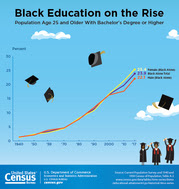The Federal Trade Commission and the Internal Revenue Service (IRS) are teaming up to make it easier for consumers to report tax-related identity theft and to receive assistance to help recover.
The IRS will now allow consumers to report identity theft to the IRS electronically through the FTC’s IdentityTheft.gov website. Tax-related identity theft happens when someone uses your stolen Social Security number to file a tax return and claim your refund. Victims of tax-related identity theft need to file an IRS Identity Theft Affidavit, also known as IRS Form 14039, before the IRS can begin resolving the problem. Until this new initiative, consumers could only file an IRS Form 14039 manually.
Under the new FTC-IRS initiative, IdentityTheft.gov will be the first and the only place where consumers can submit an IRS Form 14039 electronically. A new FTC blog post provides more detail about how the process works.
Identitytheft.gov allows consumers to report identity theft and to receive a personal recovery plan. Consumers can also obtain an Identity Theft Report that can be used in place of a police report to help clear their credit reports of fraudulent information, and customized letters they can send to creditors, debt collectors, and others to help recover from identity theft causes.








